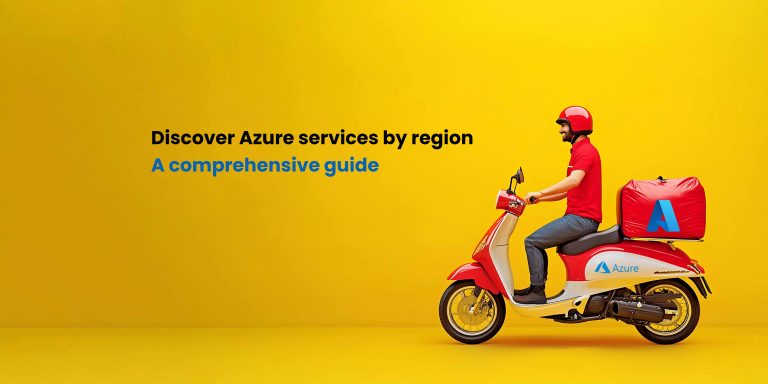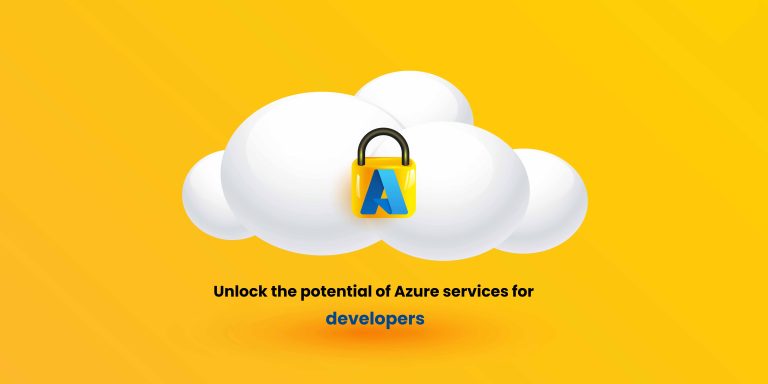In the rapidly evolving digital landscape, organizations are increasingly turning to cloud solutions to drive innovation and streamline operations. At the forefront of this transformation is Microsoft Azure, a leading cloud platform offering a diverse range of services. Among its most powerful offerings is the Azure Services API, a tool that enables developers to unlock the full potential of Azure’s capabilities. In this blog, we will explore the key features of Azure and its implications for the future of cloud development.
The Azure services API – What is it?
The Azure Services API is a robust collection of programming interfaces that allows developers to interact with Azure programmatically. These APIs facilitate automation, resource management and integration, making it easier for businesses to develop scalable applications that meet their specific needs. By leveraging Azure Services API, developers can streamline workflows and enhance operational efficiency.
Key capabilities of Azure Services API
When it comes to building modern applications, the Azure Services API offers a myriad of benefits. Here are some compelling reasons to consider integrating it into your development strategy
Scalability at your fingertips
Scalability is a critical factor for any application, and Azure Services API provides a robust solution. With Azure, you can effortlessly scale your applications based on real-time demands. Whether you’re managing a small website or a large enterprise application, the API ensures that your resources can grow alongside your business needs. As traffic fluctuates, Azure automatically adjusts resources, allowing you to focus on development rather than infrastructure management.
Enhanced security features
In today’s digital landscape, security is non-negotiable. The Azure Services API comes equipped with advanced security features to safeguard your data and applications. With options such as Role-Based Access Control (RBAC) and Azure Active Directory integration, you can ensure that only authorized users have access to critical resources. This multi-layered security approach helps protect your applications from potential threats, ensuring that your data remains confidential and secure.
Seamless integration with other Azure services
The power of the Azure Services API is magnified when used in conjunction with other Azure services. It allows you to create complex workflows and automate various processes. For instance, you can integrate it with Azure Functions for serverless computing, Azure Logic Apps for automation and Azure Event Grid for event-driven architectures. This seamless integration enhances overall productivity and enables you to develop comprehensive solutions tailored to your business needs.
Comprehensive documentation and resources
Microsoft provides extensive documentation for the Azure Services API, making it accessible for developers of all levels. This includes detailed guides, tutorials and code samples that facilitate a deeper understanding of the API’s functionalities. The wealth of resources available empowers you to quickly implement and utilize the Azure Services API effectively, thus accelerating your development process.
Effective cost management
One of the advantages of using Azure Services API is its ability to help manage costs effectively. With Azure’s pay-as-you-go model, you can monitor and optimize your resource consumption in real-time. This feature allows you to only pay for the resources you use, minimizing unnecessary expenses while maximizing value.
Getting started with Azure services API
Are you ready to leverage the capabilities of the Azure API? Follow these simple steps to get started
Step 1 – Create an Azure account
If you haven’t already, sign up for a free Azure account here. This account grants you access to a limited number of resources, perfect for exploring Azure Services.
Step 2 – Access the Azure portal
Once you have your account set up, navigate to the Azure Portal. This platform serves as your control center for managing all Azure services, offering an intuitive interface for resource management.
Step 3 – Select the services you need
In the Azure Portal, you’ll find a wide range of services available. Click on “Create a resource” to choose the services that best suit your application’s needs. This flexibility allows you to tailor your Azure environment according to your specific requirements.
Step 4- Dive into the API documentation
Familiarize yourself with the Services documentation. Microsoft offers an extensive library of resources, including SDKs and sample codes, to help you seamlessly integrate the APIs into your applications. This step is crucial in ensuring you make the most of the API’s capabilities.
Step 5 – Start developing
With everything set up, you can now begin developing your applications using Azure. Experiment with various features, build prototypes and explore how Azure can transform your application development process.
In conclusion, the Azure Services API is a powerful tool that enables developers to create scalable, secure and efficient applications. By taking advantage of its scalability, security features and seamless integration capabilities, businesses can significantly enhance their operational efficiency and productivity. As you embark on your journey with Azure, remember to leverage the extensive resources available, including the official Microsoft Azure website, to maximize your success.
Check out the related blogs for further reading

How to optimize costs with Microsoft dynamics 365 pricing plans
Microsoft Dynamics 365 pricing can be complex, but with the right approach, businesses can control costs while maximizing…

Dynamics 365 pricing and licensing – what you need to know
Microsoft Dynamics 365 is a cloud-based suite of business applications designed to help organizations manage operations efficiently. It…

Dynamics 365 Fraud protection – key features and benefits for businesses
Fraud is a growing concern for businesses, significantly impacting revenue, security, and customer trust. As digital transactions continue…








